Who is winning the war in Ukraine?
Sensing the ‘imminent collapse’ of Ukrainian forces, Moscow is happy to reject US peace plan in hope of greater victory
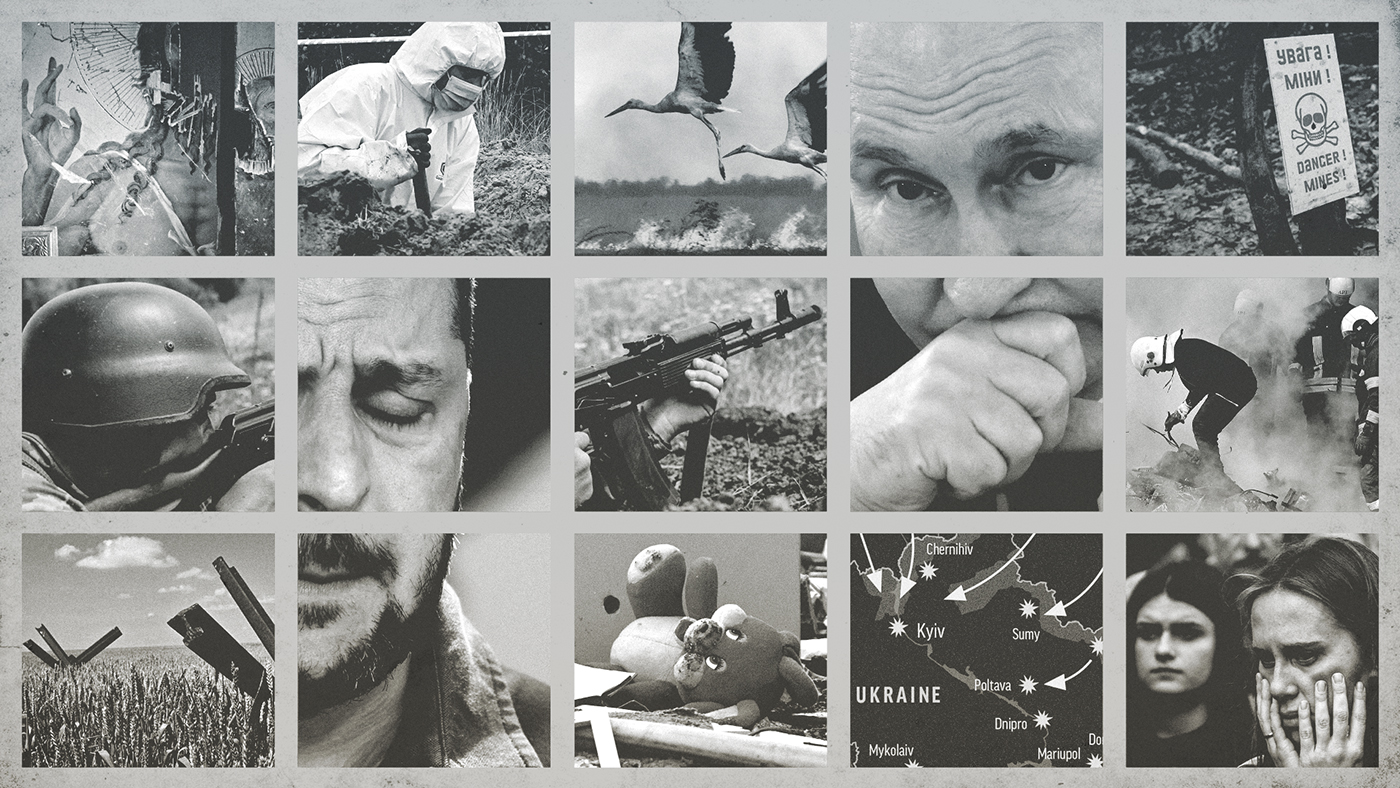
Russia has rejected a US-backed peace plan as it continues to make battlefield gains in eastern Ukraine and push its maximalist war aims.
On Monday, the Kremlin claimed Russia’s armed forces had captured the city of Pokrovsk, a major logistical hub. Sitting on critical road and rail lines in the Donetsk region, Krasnoarmeysk – as it is known in Russian – had been the focus of fierce fighting for months.
The city’s capture “would threaten a Ukrainian garrison nearby with encirclement and could give Russian forces a staging ground for further advances to the north and west”, said the independent Moscow Times.
The Week
Escape your echo chamber. Get the facts behind the news, plus analysis from multiple perspectives.

Sign up for The Week's Free Newsletters
From our morning news briefing to a weekly Good News Newsletter, get the best of The Week delivered directly to your inbox.
From our morning news briefing to a weekly Good News Newsletter, get the best of The Week delivered directly to your inbox.
The suggestion by President Vladimir Putin and leading Russian government and military figures that Ukraine’s frontline faces “imminent collapse” is, however, a “false narrative”, said the Institute for the Study of War (ISW), a Washington-based research group. Such claims are likely to be “an effort to coerce the West and Ukraine into capitulating to Russian demands that Russia cannot secure itself militarily”.
Can Ukraine win the war?
“Despite the Trump administration’s efforts to mediate peace talks”, Russia has maintained a “relentless offensive that has continued unabated”, said The New York Times.
Russian drone and missile attacks on Ukrainian cities have intensified since the summer, while ISW data shows that last month Russia made its largest monthly territorial gains in Ukraine since November 2024.
With Ukrainian morale believed to be at breaking point, the outcome of the war is increasingly likely to be decided by two key factors: the supply of soldiers and maintaining international support.
A free daily email with the biggest news stories of the day – and the best features from TheWeek.com
Ukraine’s “inherent weakness is that it depends on others for funding and arms”, said the BBC’s international editor, Jeremy Bowen. On the other hand, Russia “makes most of its own weapons” and is “buying drones from Iran and ammunition from North Korea” with no limitations on how they are used. It also enjoys an advantage in raw manpower, bolstered by massive conscription drives. Putin aims to have a bigger army than America’s, with 1.5 million active servicemen, “a sign of Russia’s relentless militarisation”, said Sky News’ Moscow correspondent Ivor Bennett.
Its superiority in personnel and materials – along with the use of new “infiltration tactics”, reported by Deutsche Welle – has seen it make slow but steady progress on the battlefield, gradually expanding the amount of Ukrainian territory it controls over the past year. Yet optimism in Moscow that the thinly stretched Ukrainian army was close to collapse has, for now at least, proven to be wide of the mark.
Ahead of an anticipated winter assault, Putin has “shifted the war to Ukraine’s energy and logistics systems”, said Sergey Maidukov on Al Jazeera. While this “looks like a replay of past winters”, where Russia “tried to freeze Ukraine into surrendering”, this year “the strategy has evolved”. Now, “the aim is not merely to punish Ukraine but to also destabilise Europe” via the influx of refugees who would be forced to flee across the borders if Ukraine’s energy system collapsed during the winter months.
What does victory look like for each side?
Before Russia launched its invasion in February 2022, Putin outlined the objectives of what he called a “special military operation”. His goal, he claimed, was to “denazify” and “demilitarise” Ukraine, and to defend Donetsk and Luhansk, the two eastern Ukrainian territories occupied by Russian proxy forces since 2014.
Another objective, although never explicitly stated, was to topple the Ukrainian government and remove Zelenskyy. “The enemy has designated me as target number one; my family is target number two,” said Zelenskyy shortly after the invasion. Russian troops made two attempts to storm the presidential compound.
Russia shifted its objectives, however, about a month into the invasion, after Russian forces were forced to retreat from Kyiv and Chernihiv. According to the Kremlin, its main goal became the “liberation of the Donbas”, including the regions of Kherson and Zaporizhzhia.
The Trump administration’s initial 28-point plan to end the war suggests Russia’s “minimum requirement” remains “occupying the entirety of the Donbas region (comprising the provinces of Luhansk and Donetsk)”, said The Economist. Most contentiously, this includes territory it has so far failed to take by force. Other provisions include limits on the size of Ukraine’s army and missile capability and barring it from Nato membership or hosting Nato peacekeepers on its soil.
Kyiv was quick to denounce these demands as amounting to capitulation, and countered with its own 19-point framework hammered out with US negotiators. While details are still sketchy, this is believed to represent a softening of Ukraine’s position, leaving territorial lines open to further negotiation in return for cast-iron security guarantees. This was rejected by Putin out of hand, with the Russian president “highly unlikely to accept any compromises short of his original war goals”, said the ISW.
He would gladly have taken as a win a “Kremlin-friendly peace plan that enshrines Ukraine’s perpetual subordination”, said The New York Times. But he’ll also see “a failed process” as a victory if it leads Donald Trump to “pull remaining support for Ukraine”. With his economy struggling and his troops mired in a slow advance that’s had a steep cost in “lives and matériel”, Putin’s capacity for continued war “isn’t limitless”. But he believes “time is on his side” and his goal hasn’t shifted: he “wants to break Ukraine”.
How many Russian and Ukrainian troops have died in the conflict?
True casualty figures are “notoriously difficult to pin down”, said Newsweek, and “experts caution that both sides likely inflate the other’s reported losses”.
More than 46,000 Ukrainian soldiers had been killed and 380,000 injured on the battlefield, Zelenskyy said in an interview with NBC in February, with “tens of thousands” missing or in Russian captivity. However, casualty data from open sources suggests the true death toll could be as high as 80,000.
Moscow has fared far worse. Mediazona, working with the BBC’s Russian service and a team of volunteers to compile a named list of the Russian military dead, has put the number of Russian dead at more than 150,000. However, “Western estimates” suggest Russia’s overall losses are “significantly higher” than that, said The Moscow Times.
In August, Trump claimed there had been more than 112,000 Russian deaths since January this year alone, compared with about 8,000 Ukrainian fatalities.
Figures released in the summer by the Centre for Strategic and International Studies think tank put Russian military deaths at up to 250,000 and total casualties, including the wounded, at more than 950,000. In June, Russia’s wartime toll reached a “historic milestone”, said The Guardian, with more than a million troops killed or injured since the start of the invasion, according to the UK Ministry of Defence.
On 4 November, Ukrainian national news agency Ukrinform cited a Facebook post by the General Staff of the Ukrainian Armed Forces that claimed Russia had suffered “approximately” 1,145,670 casualties since the start of the war, with 840 soldiers killed or wounded in the past 24 hours. Civilian casualties were 31% higher from January to September 2025 compared to the same period last year, according to the UN Human Rights Monitoring Mission for the country’s monthly report.
While Moscow has remained tight-lipped about how many of its soldiers have been killed or wounded, the recently concluded summer offensive “has come at an enormous cost” but “achieved no major objectives”, said The Economist.
-
 The Week Unwrapped: What’s the cost of PFAs?
The Week Unwrapped: What’s the cost of PFAs?Podcast Plus why is George Osborne joining OpenAI? And has universal basic income finally come of age?
-
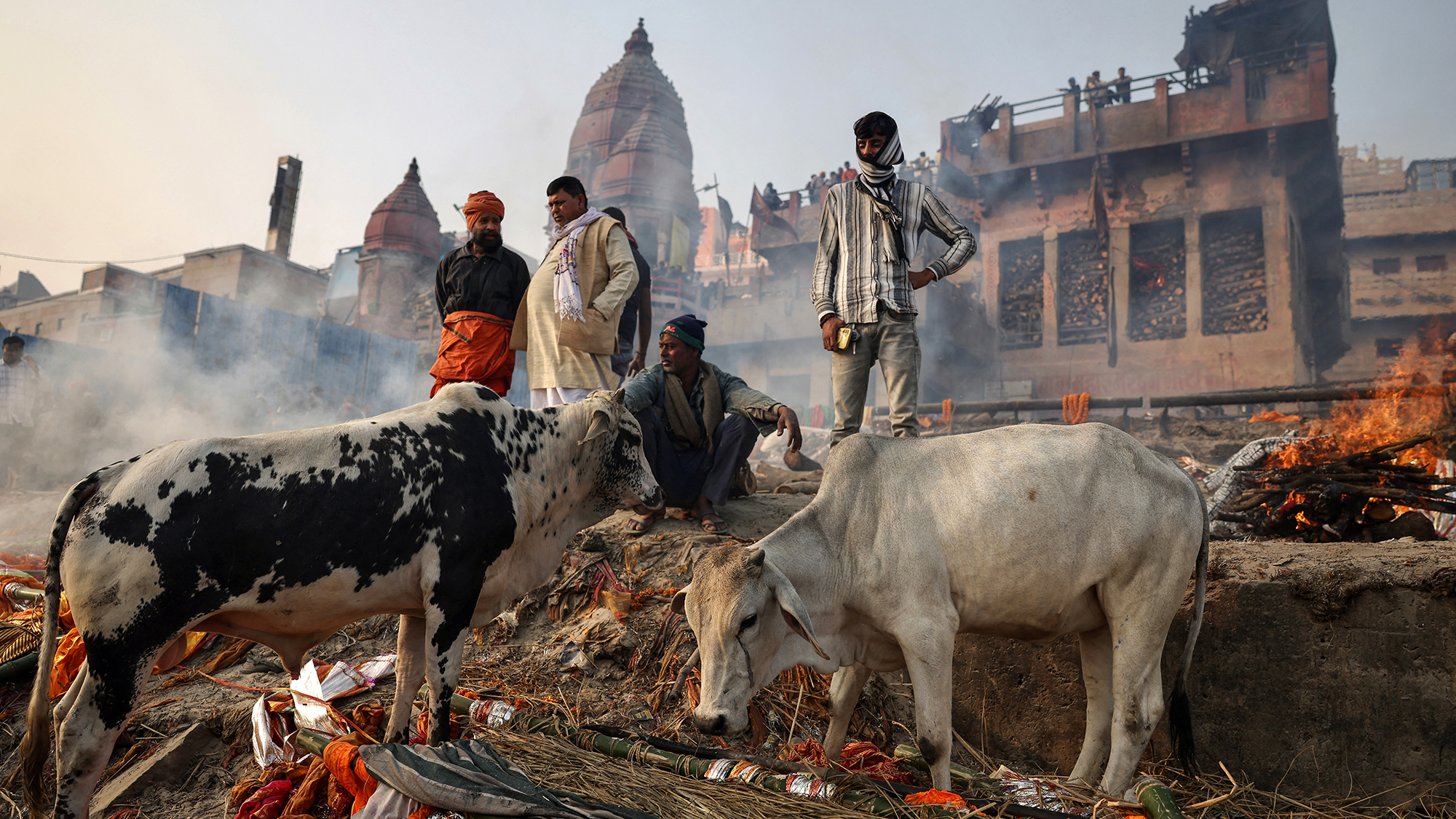 The week’s best photos
The week’s best photosIn Pictures A dervish dance off, a frosty forest, and more
-
 Mount Rainier is on its way down
Mount Rainier is on its way downUnder the radar Its peak elevation is approximately 20 feet lower than it once was
-
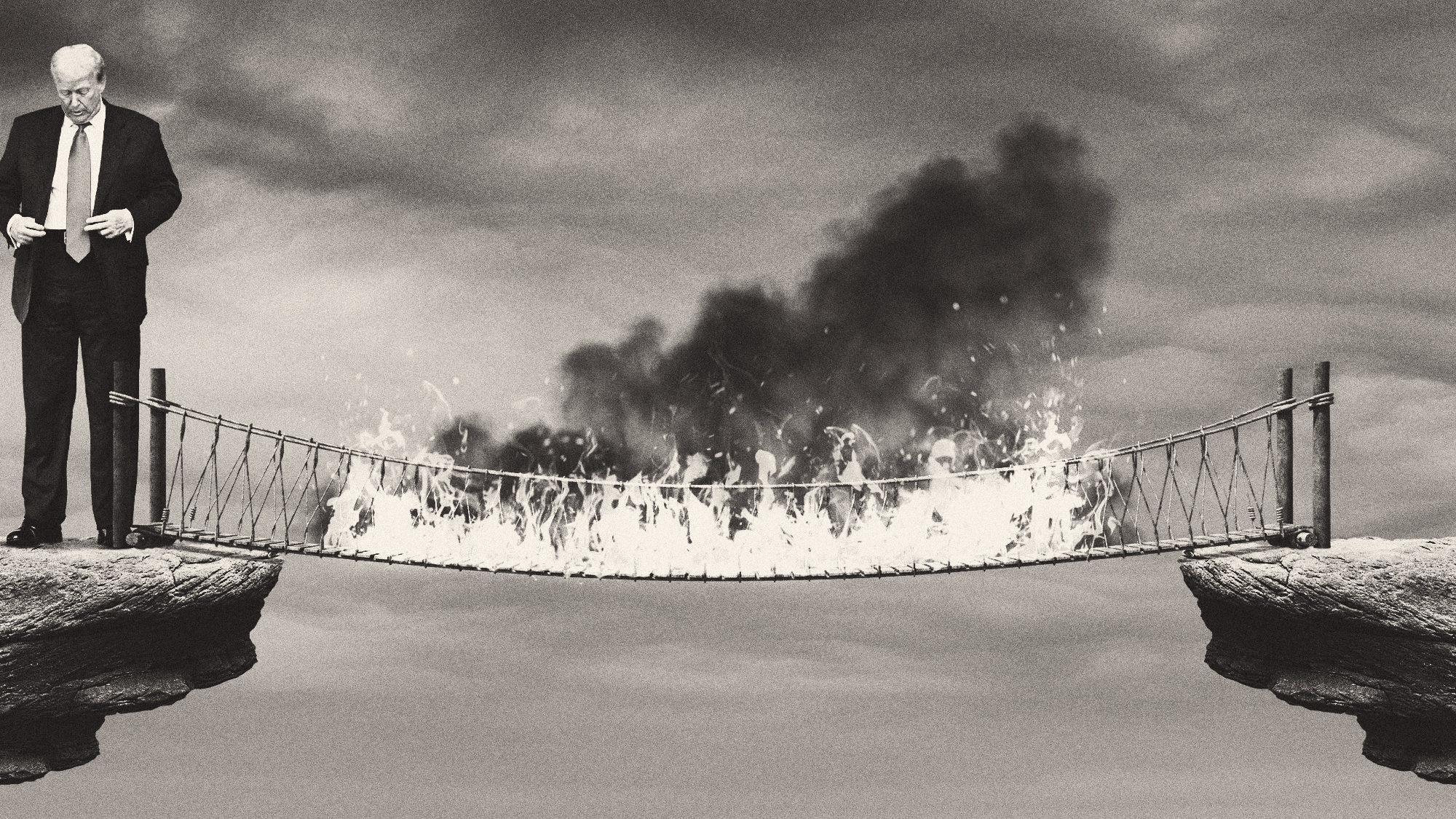 Did Trump just end the US-Europe alliance?
Did Trump just end the US-Europe alliance?Today's Big Question New US national security policy drops ‘grenade’ on Europe and should serve as ‘the mother of all wake-up calls’
-
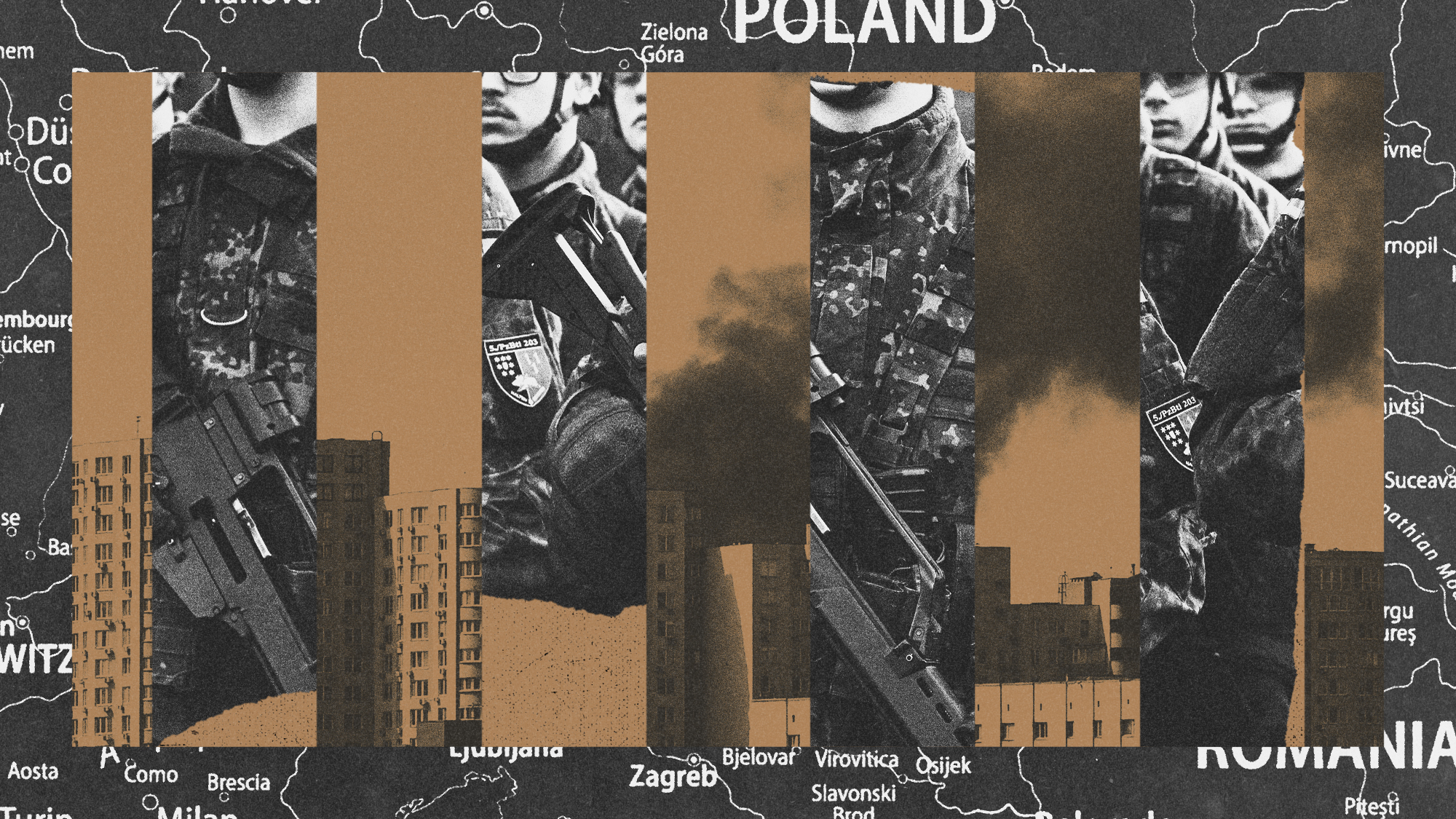 Is conscription the answer to Europe’s security woes?
Is conscription the answer to Europe’s security woes?Today's Big Question How best to boost troop numbers to deal with Russian threat is ‘prompting fierce and soul-searching debates’
-
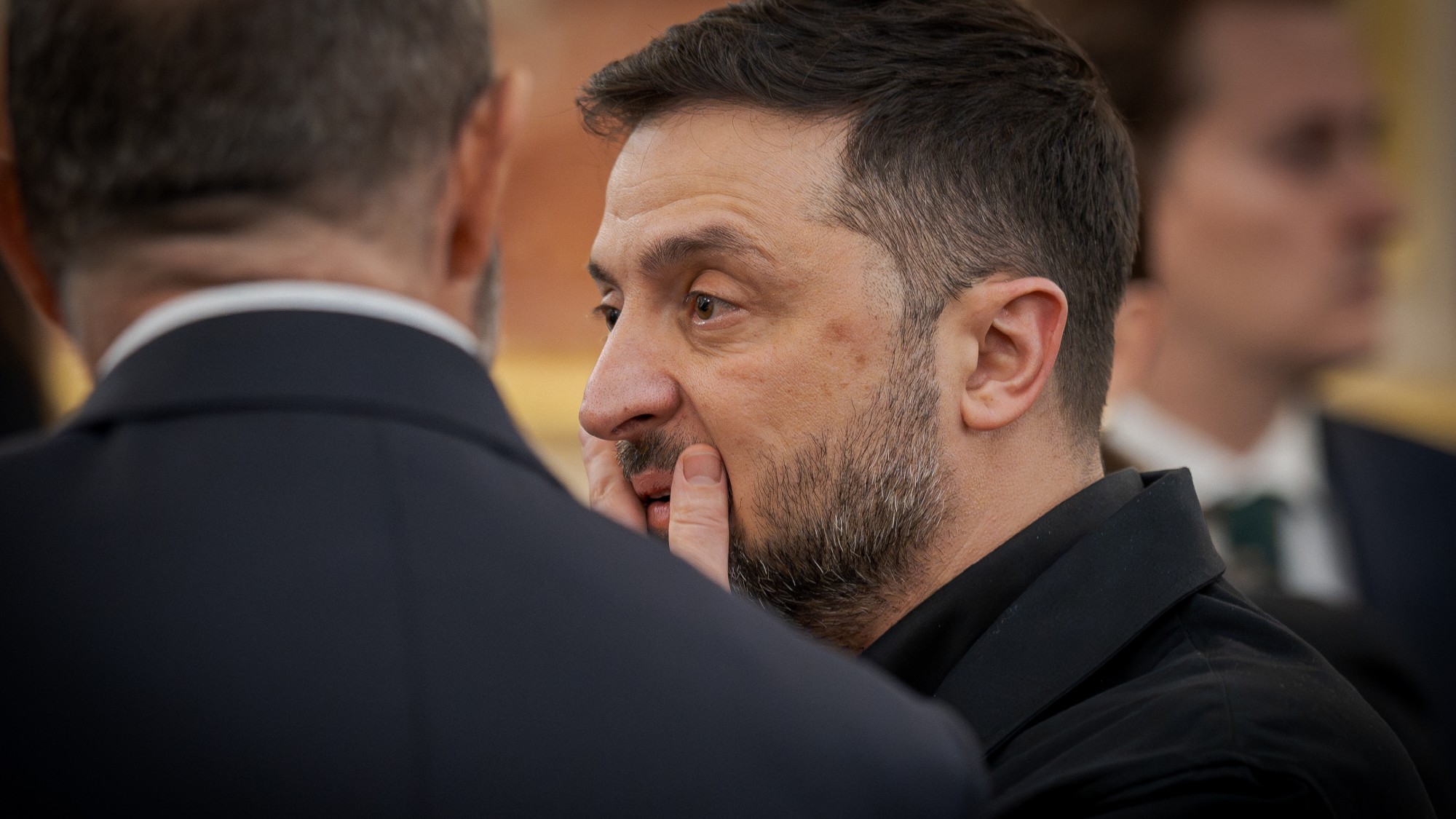 Trump peace deal: an offer Zelenskyy can’t refuse?
Trump peace deal: an offer Zelenskyy can’t refuse?Today’s Big Question ‘Unpalatable’ US plan may strengthen embattled Ukrainian president at home
-
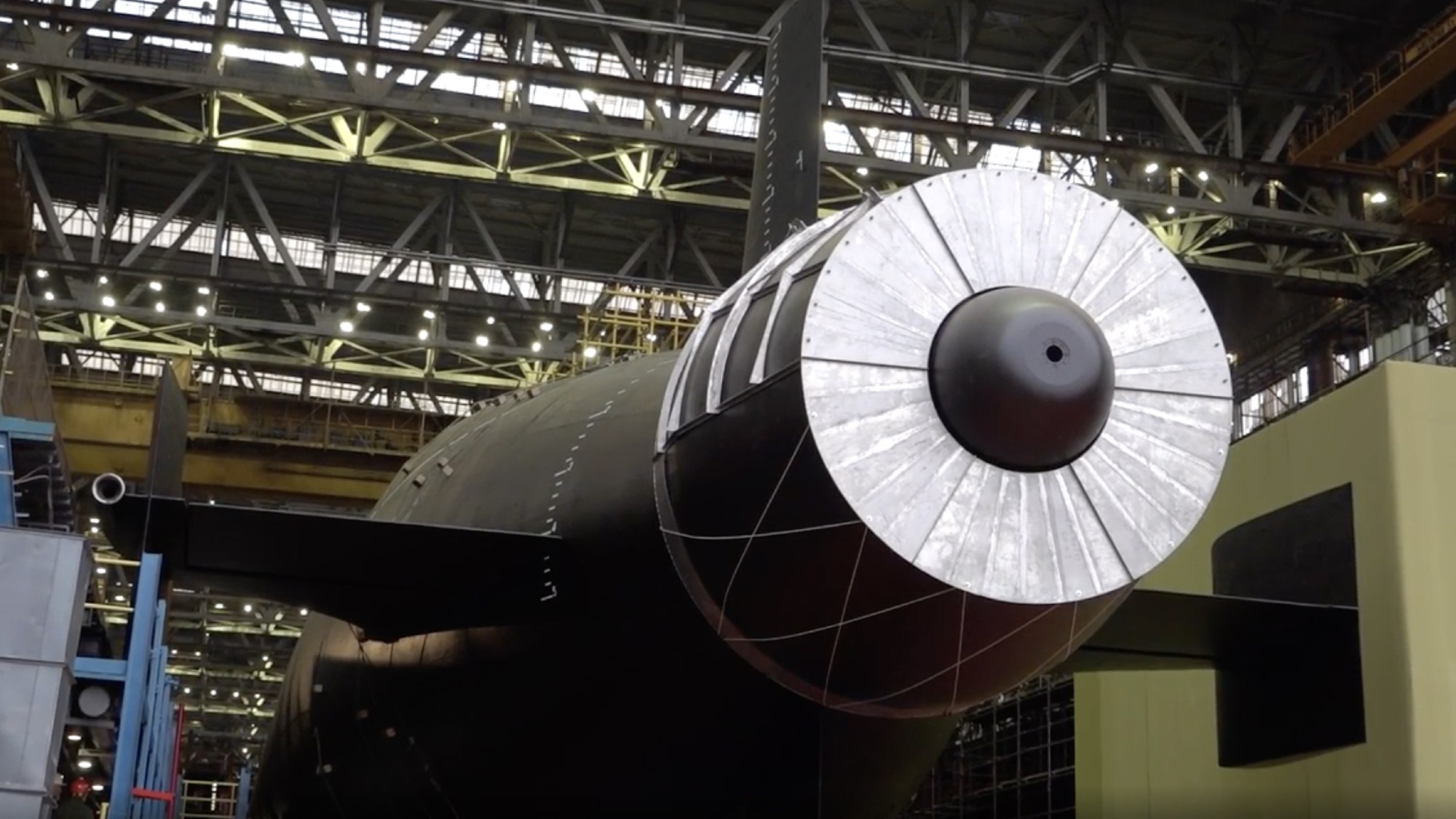 Vladimir Putin’s ‘nuclear tsunami’ missile
Vladimir Putin’s ‘nuclear tsunami’ missileThe Explainer Russian president has boasted that there is no way to intercept the new weapon
-
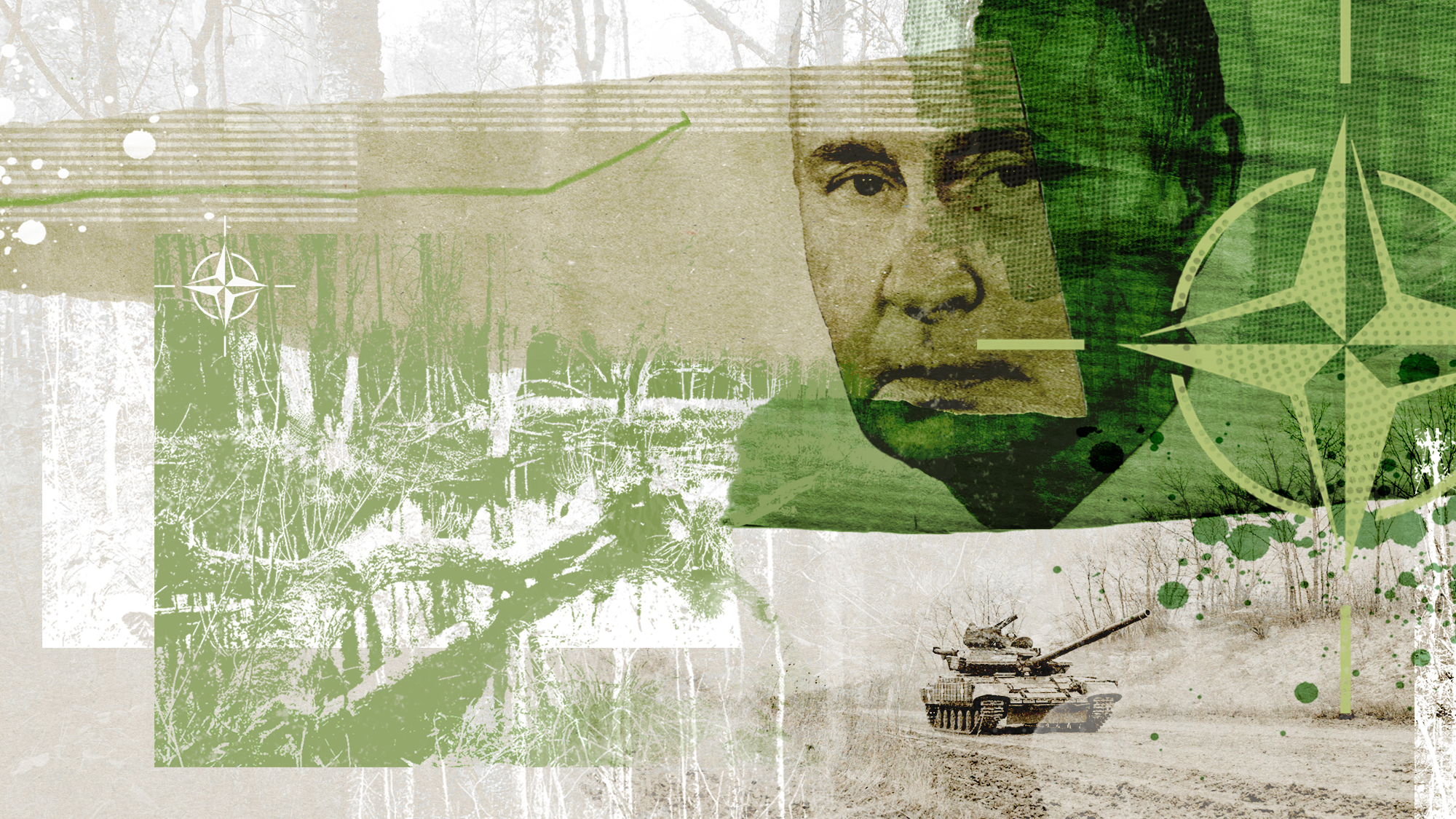 The Baltic ‘bog belt’ plan to protect Europe from Russia
The Baltic ‘bog belt’ plan to protect Europe from RussiaUnder the Radar Reviving lost wetland on Nato’s eastern flank would fuse ‘two European priorities that increasingly compete for attention and funding: defence and climate’
-
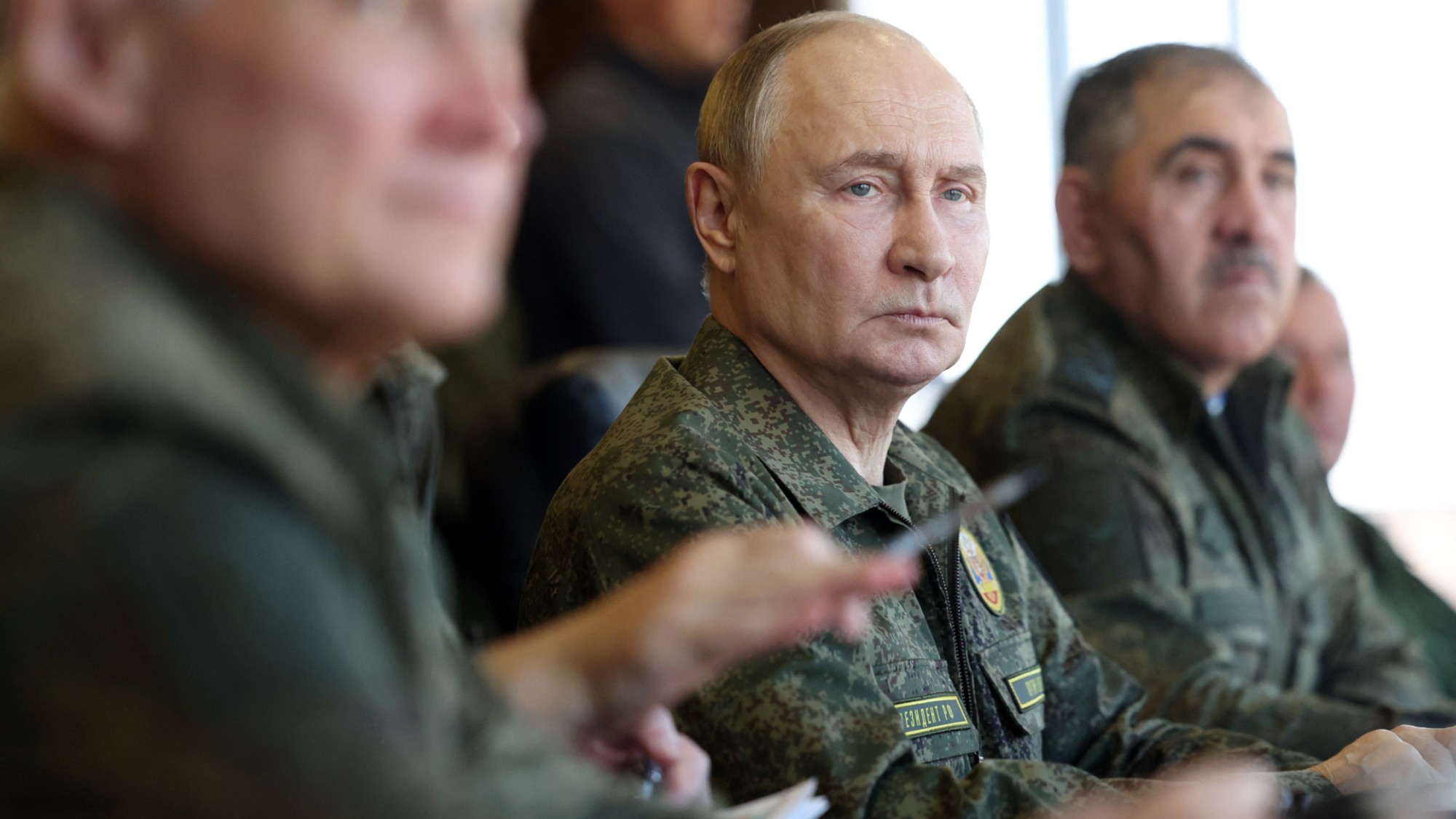 How should Nato respond to Putin’s incursions?
How should Nato respond to Putin’s incursions?Today’s big question Russia has breached Nato airspace regularly this month, and nations are primed to respond
-
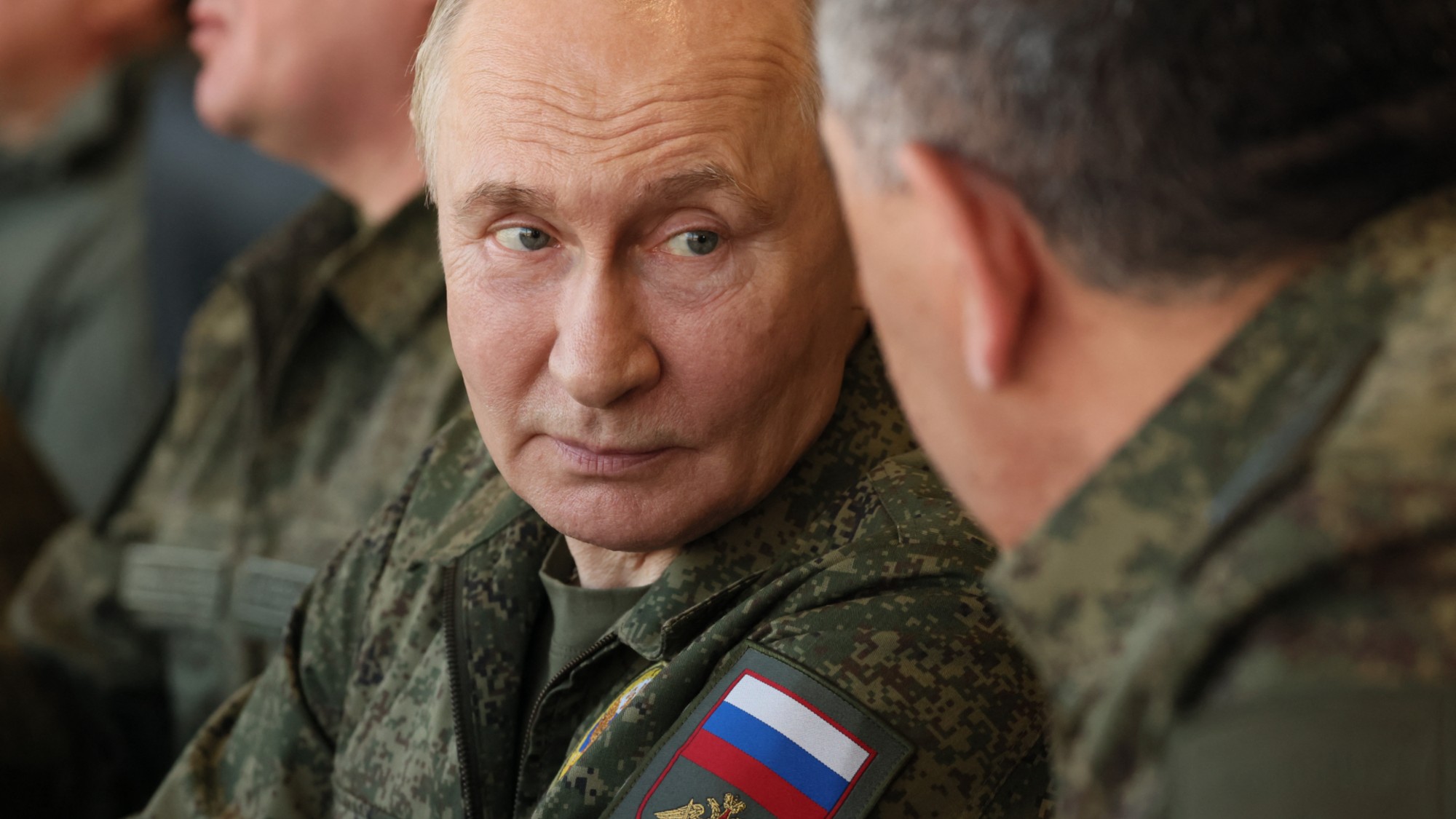 Russia’s war games and the threat to Nato
Russia’s war games and the threat to NatoIn depth Incursion into Poland and Zapad 2025 exercises seen as a test for Europe
-
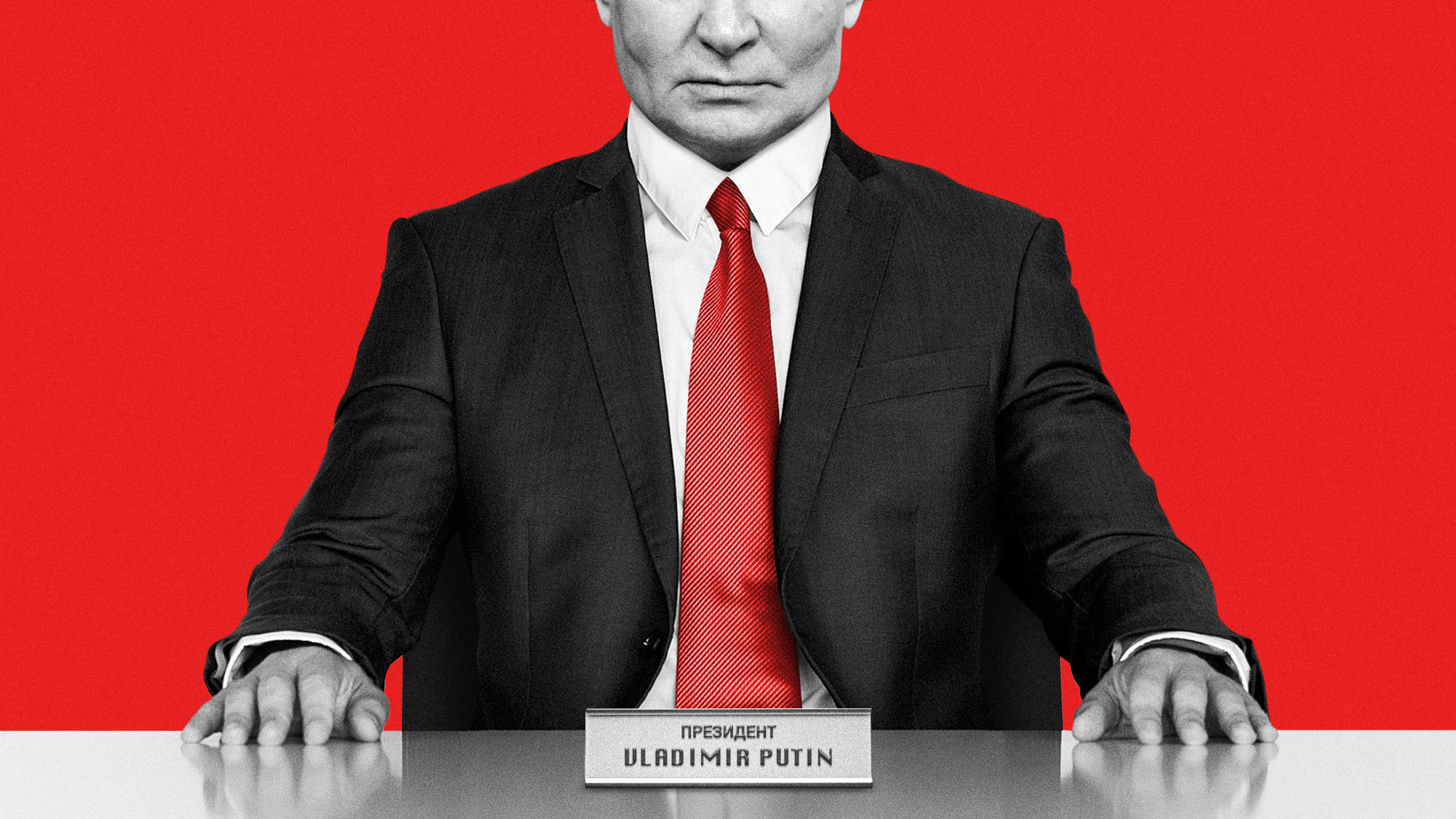 What will bring Vladimir Putin to the negotiating table?
What will bring Vladimir Putin to the negotiating table?Today’s Big Question With diplomatic efforts stalling, the US and EU turn again to sanctions as Russian drone strikes on Poland risk dramatically escalating conflict